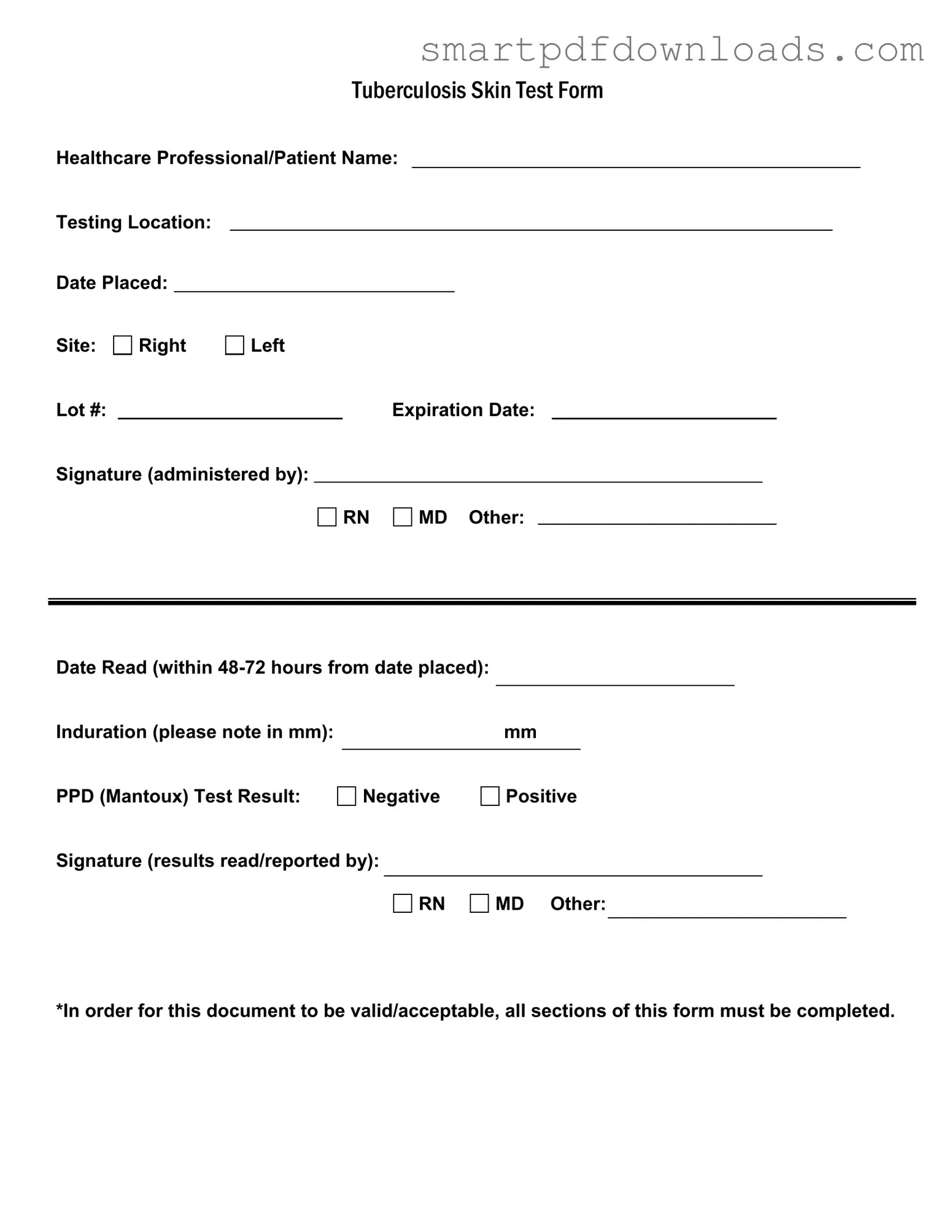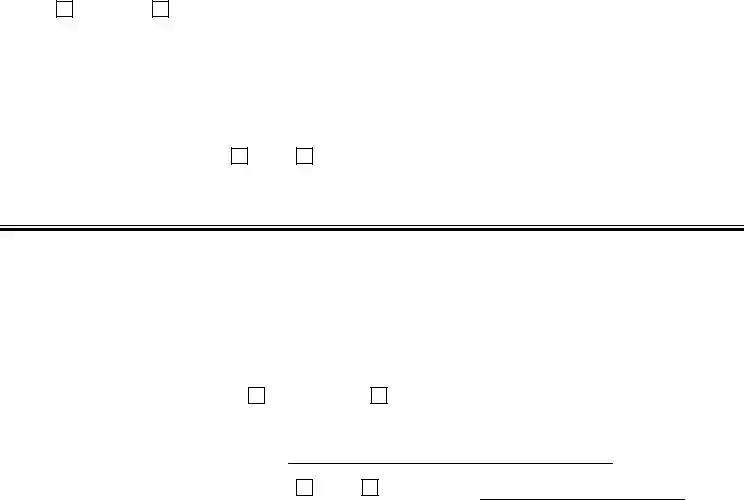Tb Test Form
The Tuberculosis Skin Test Form is a crucial document used to record the details of a tuberculosis skin test, commonly known as the PPD or Mantoux test. It includes essential information such as the healthcare professional's name, testing location, and results. Proper completion of this form is necessary for it to be considered valid and acceptable.
Edit Tb Test Online

